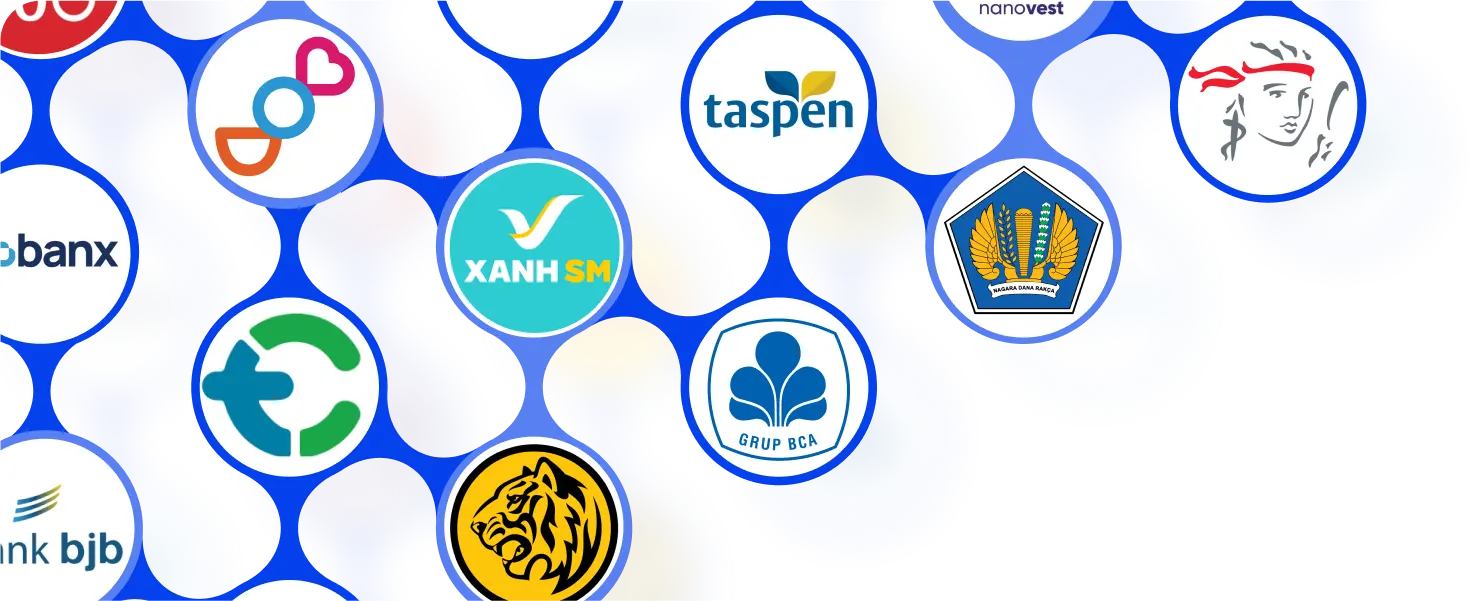How OCR Works: A Quick Overview

Have you ever heard of Optical Character Recognition, or OCR? Curious about how it works? In simple terms, OCR is a technology designed to scan and recognize text characters from image-based documents. Although it’s a powerful tool, many people are still unfamiliar with it. Let’s dive into this article to learn everything you need to know about how OCR works!
What is OCR?
Essentially, it is an AI (Artificial Intelligence)-powered technology used to recognize written characters from image formats like JPG, PNG, TIFF, and GIF. Today, many companies implement OCR technology to support their operations. OCR makes it easier for employees to manage data and edit text more effectively and efficiently. Additionally, its ability to automatically rewrite text from images into editable documents significantly boosts operational productivity. No wonder so many businesses are turning to OCR solutions to streamline their processes.
How Does OCR Work?
At a glance, OCR might seem similar to a simple scanning app on your device. However, they differ significantly in performance—especially when it comes to algorithms that distinguish between various text characters during image scanning.
Here’s a detailed breakdown of how OCR works:
1. Straightening the Image
When scanning a text-based image, OCR technology first corrects any tilt or misalignment. It straightens the image to ensure better accuracy and easier recognition by the system.
2. Analyzing the Characters
The OCR software reads the document and converts it into binary data. During this analysis, the document is divided into two areas:
- Dark areas, recognized as text or characters
- Light areas, classified as background
This separation allows the system to focus on the written content.
3. Automatic Orientation
Next, the software automatically adjusts the orientation of the document for optimal scanning results. This step involves sampling the document, adjusting its rotation, and removing any blemishes or noise from the text image.
4. Recognizing Letters, Numbers, and Images
OCR systems must accurately identify various characters, including letters, numbers, and symbols.
As it processes the document, the system detects all text-based characters for easy editing or modification afterward.
Meanwhile, non-text elements—such as tables, diagrams, logos, illustrations, and charts—are identified separately from the text.
5. Converting Files into Different Formats
Once character and image recognition are complete, the OCR system converts the processed document into various formats. Users can then save the file in the format they prefer for further use.
Why Choose Verihubs for Your OCR Solutions?
OCR technology revolutionizes data entry, text editing, and document indexing for search engines across industries. By leveraging OCR, you can simplify data input processes while significantly reducing the risk of human error.
With Verihubs’ OCR-powered technology, you can optimize user registration by scanning and extracting information from legal documents, invoices, and also Philippines ID cards. The system automatically populates application forms quickly and with high accuracy. Contact us today to learn more!
